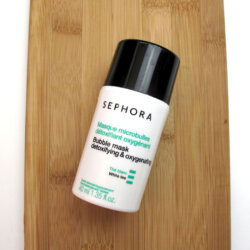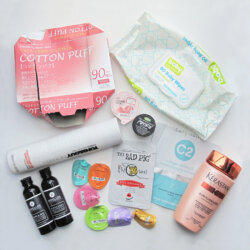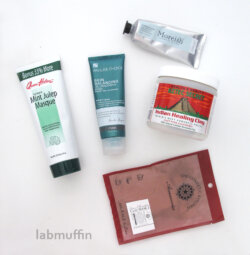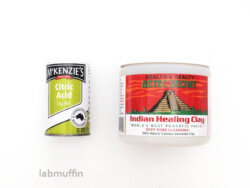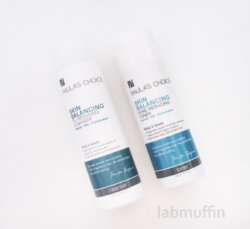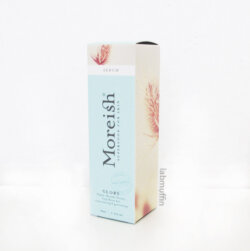How Do Bubbling Oxygen Masks Work?
Oxygen masks are products which come out of the bottle as a gel, but start bubbling with oxygen gas after a few seconds on the skin. Brands like Bliss, Peter Thomas Roth, Dr Brandt, Oseque and Sephora have oxygen bubble masks. What do they do, and how did they get the gas into the bottle? Here’s the video, scroll down …
